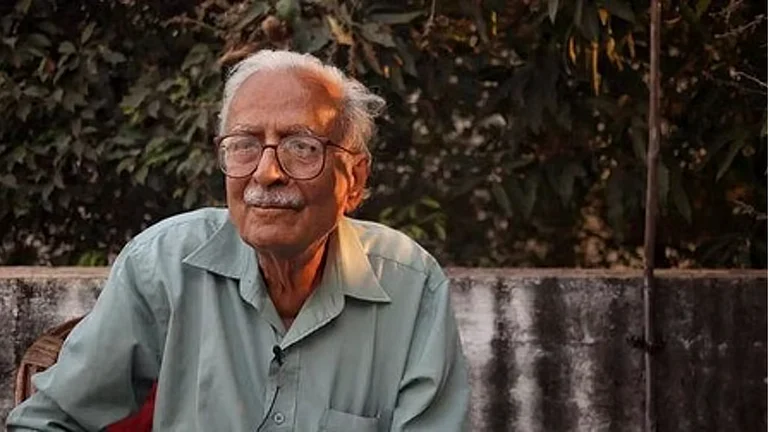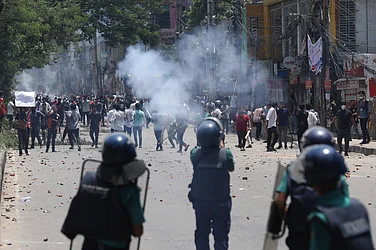India and Nepal will ink a long-term power deal during the visit of Indian External Affairs Minister S Jaishankar in the first week of January, Prime Minister Pushpa Kamal Dahal ”Prachanda” said on Friday.
Speaking during the inauguration of the Inaruwa substation of Nepal Electricity Authority, Prachanda said that Nepal is doing extremely well in the sector of power generation. “A long-term agreement between Nepal and India will be reached during the upcoming visit of Indian External Affairs Minister S. Jaishankar to Nepal in the first week of January,” Prachanda said.
The power deal, once signed between the two neighbouring nations, will come nearly six months after Prachanda’s visit to India when the two countries agreed in principle that India would import 10,000 megawatts of hydroelectricity from Nepal in the next 10 years. However, a formal agreement to this effect is yet to be signed.
Nepal has been focusing on its hydroelectricity generating capacity for some time and has readied many of its power units. Constructed at Bhokraha Narsingh Rural Municipality-4 of Sunsari district, the 400 KV Inaruwa substation inaugurated by Prachanda on Friday is the second-largest substation constructed in the country. Minister for Water Resources and Irrigation, Shakti Bahadur Basnet, former minister Gyanendra Bahadur Karki, high officials of the Energy Ministry, and Managing Director of the Nepal Electricity Authority, Kul Man Ghising, among others were present in the inauguration ceremony.
As Nepal focuses on hydropower development to meet its own energy needs and export the surplus to neighbouring countries like India, a study by the Water and Energy Commission Secretariat has identified that the Himalayan nation has the potential to harness over 72,000 MW of hydropower across 10 major river basins and their sub-basins.





















